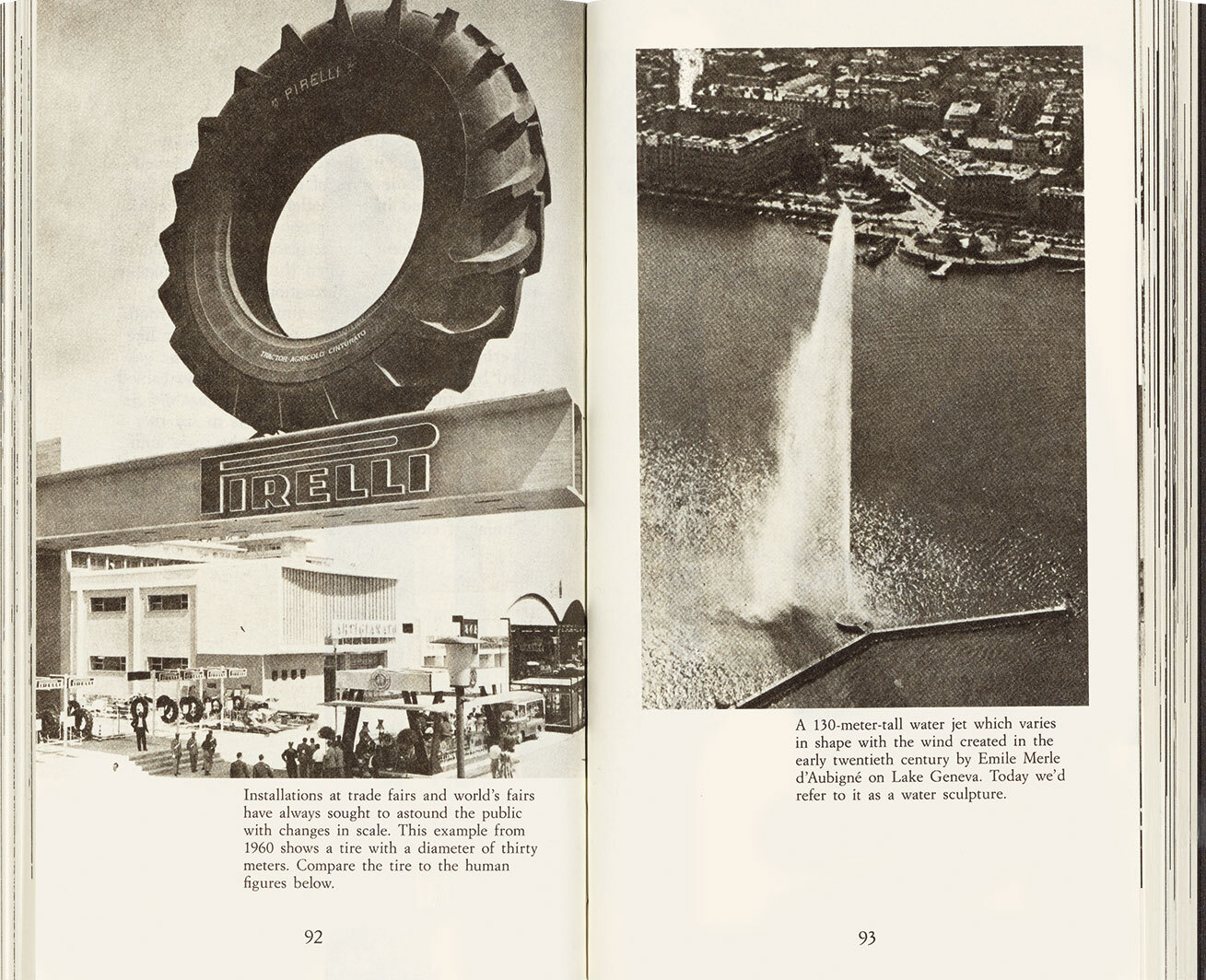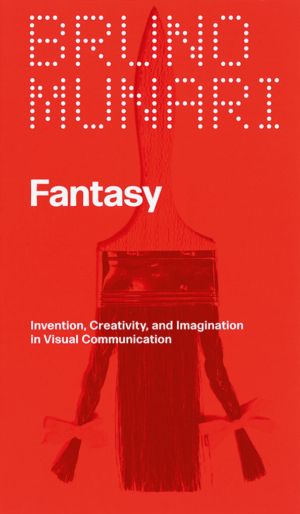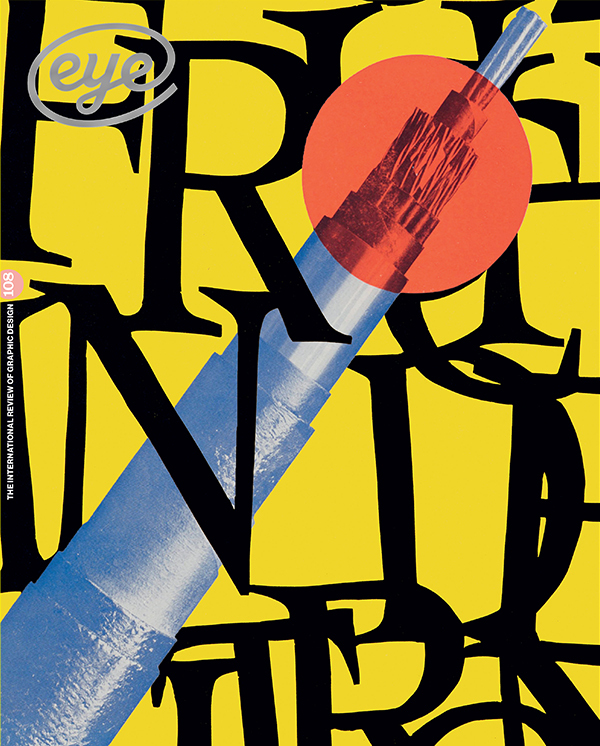Spring 2025
Pocket polymath
Fantasy: Invention, Creativity, and Imagination in Visual Communication. By Bruno Munari
Designed by IN-FO.CO Inventory Press, £19.99 Reviewed by Rick Poynor
Decades before it became almost de rigueur to present yourself as a practitioner – and by implication master – of not just one but several creative activities, there was Bruno Munari. The multitalented Italian (see Eye 85) has been described as a painter, poet, theoretician, philosopher, critic, inventor, pedagogue and, yes, also a graphic designer, and this isn’t even a complete list. Was he in essence an artist or a designer? There is no definitive answer. Munari was clearly both, but the hybrid role inevitably comes with some caveats, even today. Art and design are thoroughly institutionalised as supposedly distinct activities.
For those unfamiliar with Munari, a useful contemporary comparison might be with Brian Eno, not because Munari also turned his hand to music (he didn’t) but because they exemplify a way of being where creative play in multiple directions becomes an operating principle of life. Without making writing their central concern, both turned to publishing as a platform for formulating and sharing their ideas – Eno, most recently, in What Art Does: An Unfinished Theory (written with Bette A., a Dutch artist). Munari’s Design as Art, introduced in translation as a Pelican Original in 1971 and reissued several years ago, remains a model of what the publisher called ‘painless instruction’ in the potentials of all forms of design.
Munari published Fantasy (Fantasia) in 1977 and it has waited until now for an English translation, courtesy of LA-based Inventory Press, founded by Adam Michaels during his time at Project Projects (see Eye 89) …
Rick Poynor writer, Eye founder
Read the full version in Eye no. 108 vol. 27, 2025

Eye is the world’s most beautiful and collectable graphic design journal, published for professional designers, students and anyone interested in critical, informed writing about graphic design and visual culture. It is available from all good design bookshops and online at the Eye shop, where you can buy subscriptions and single issues.

